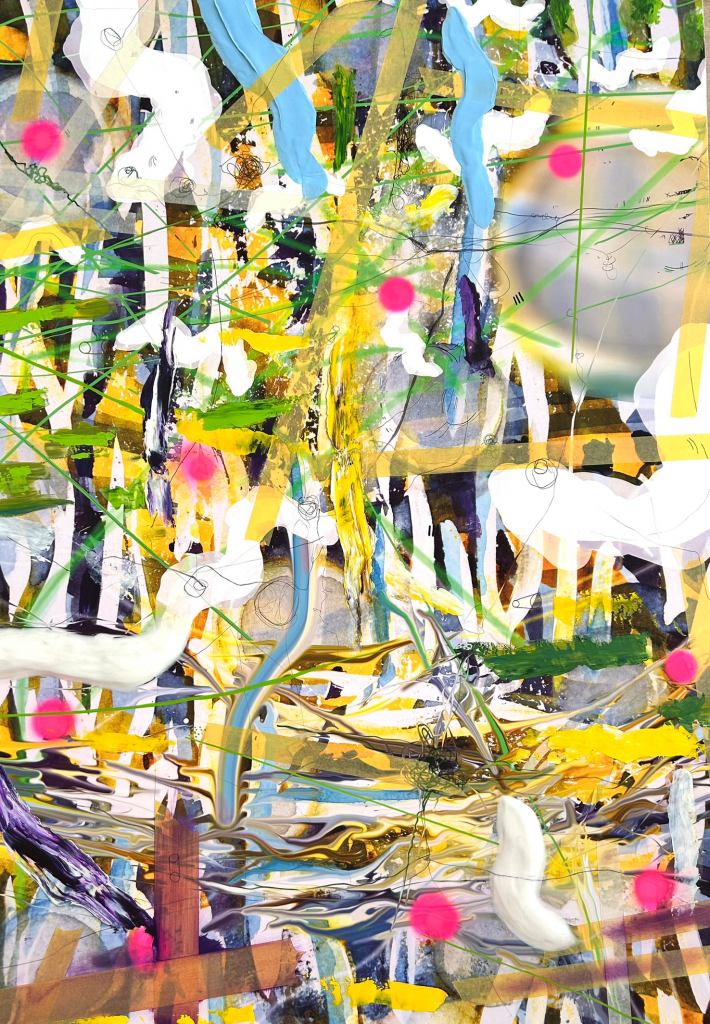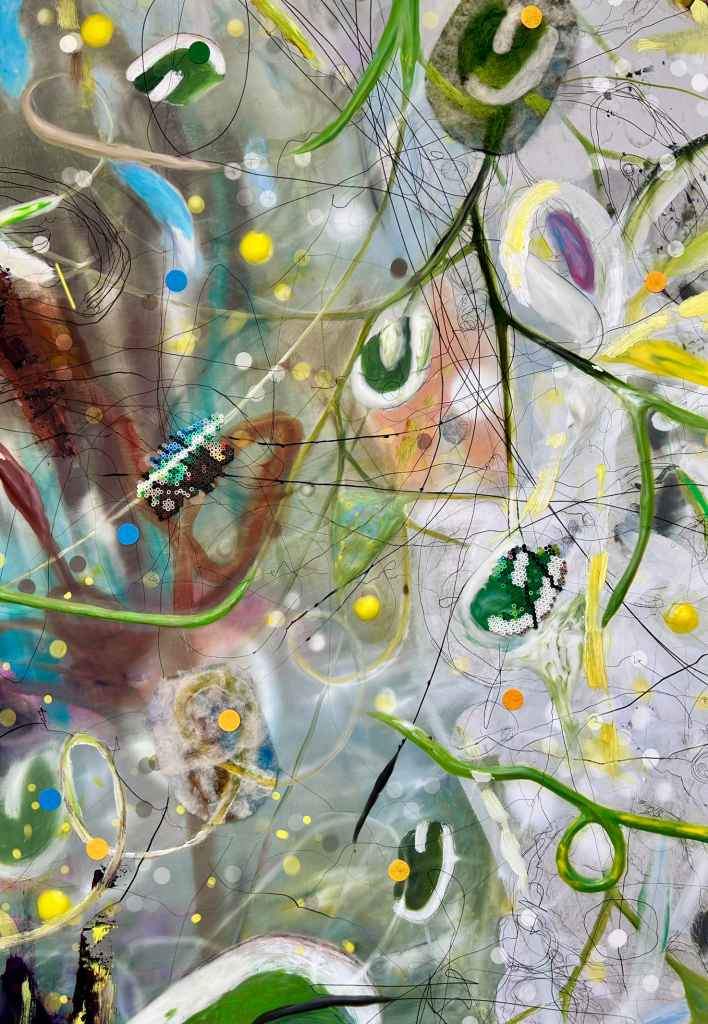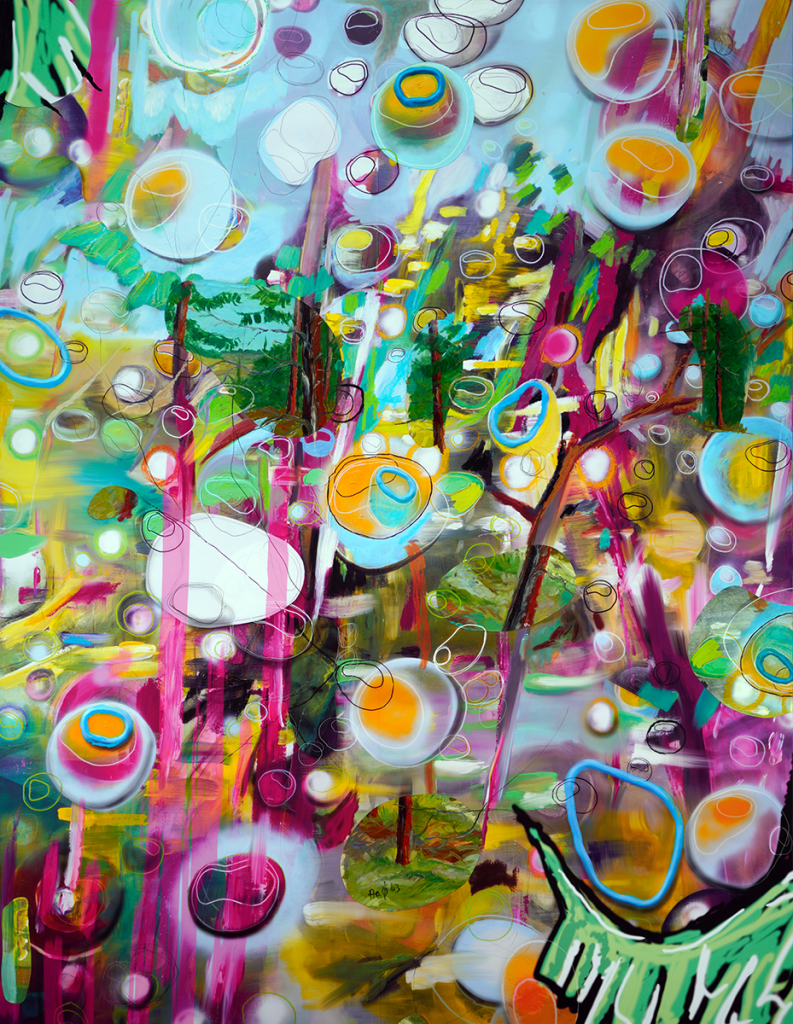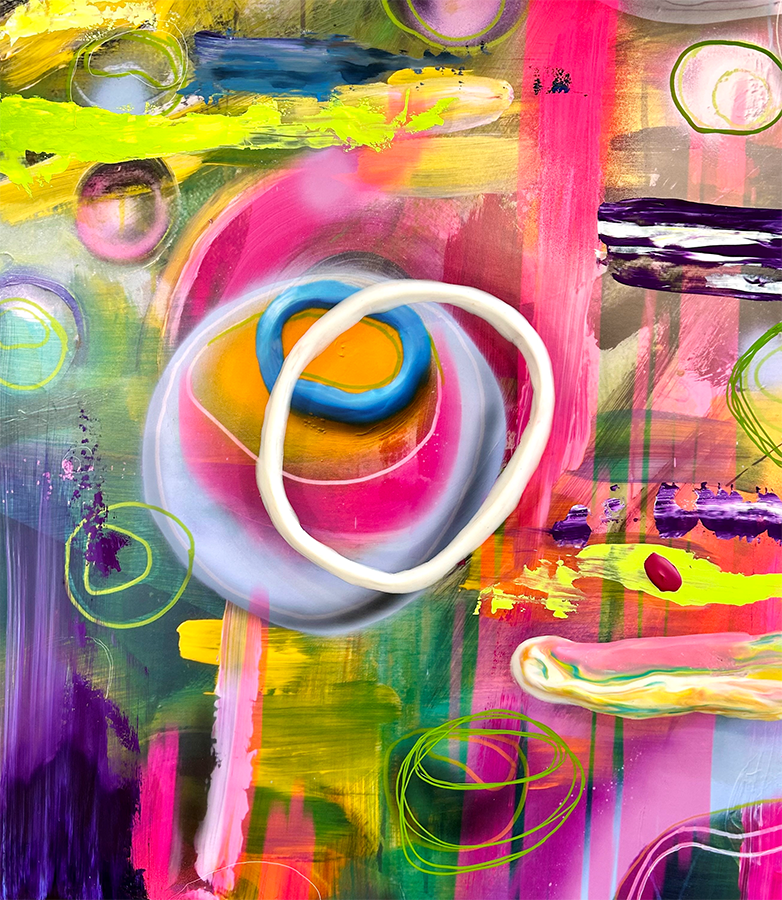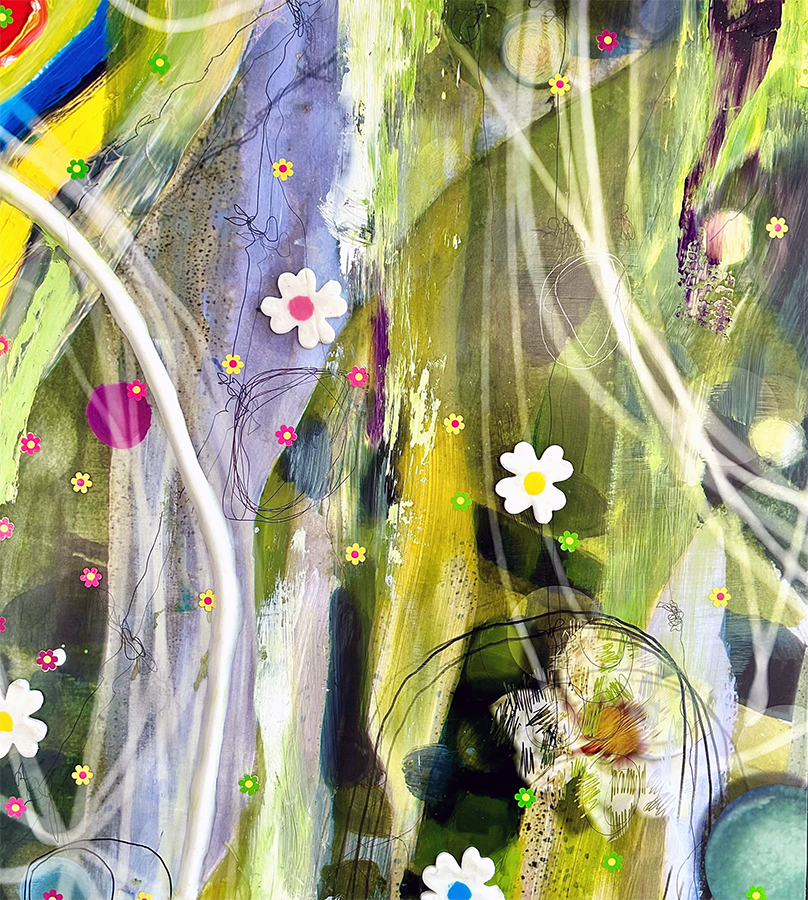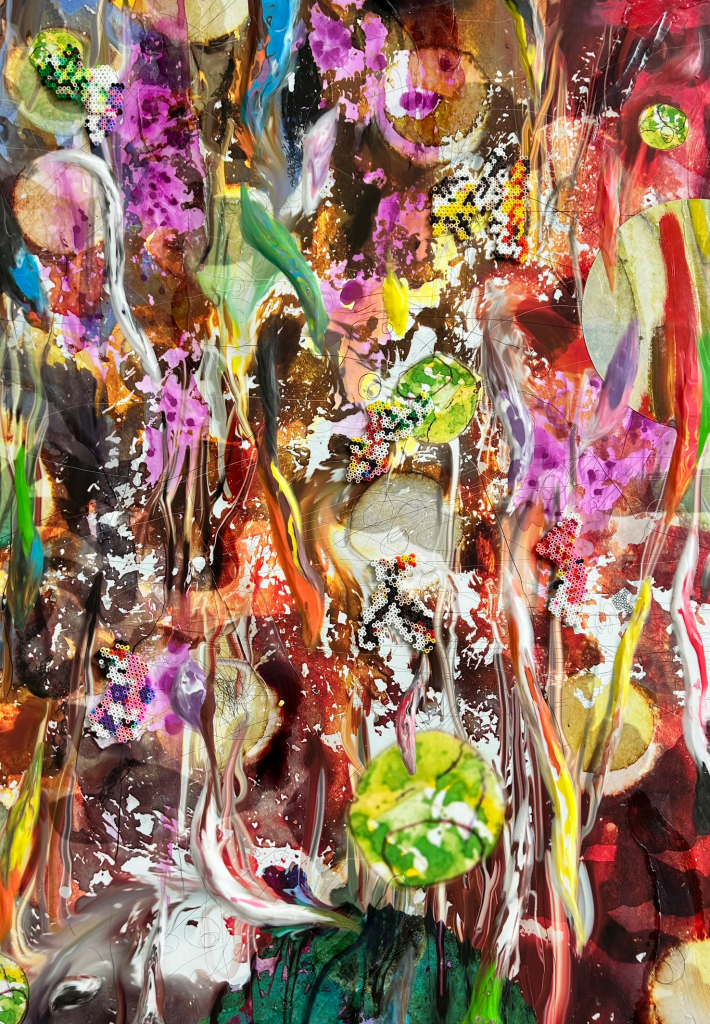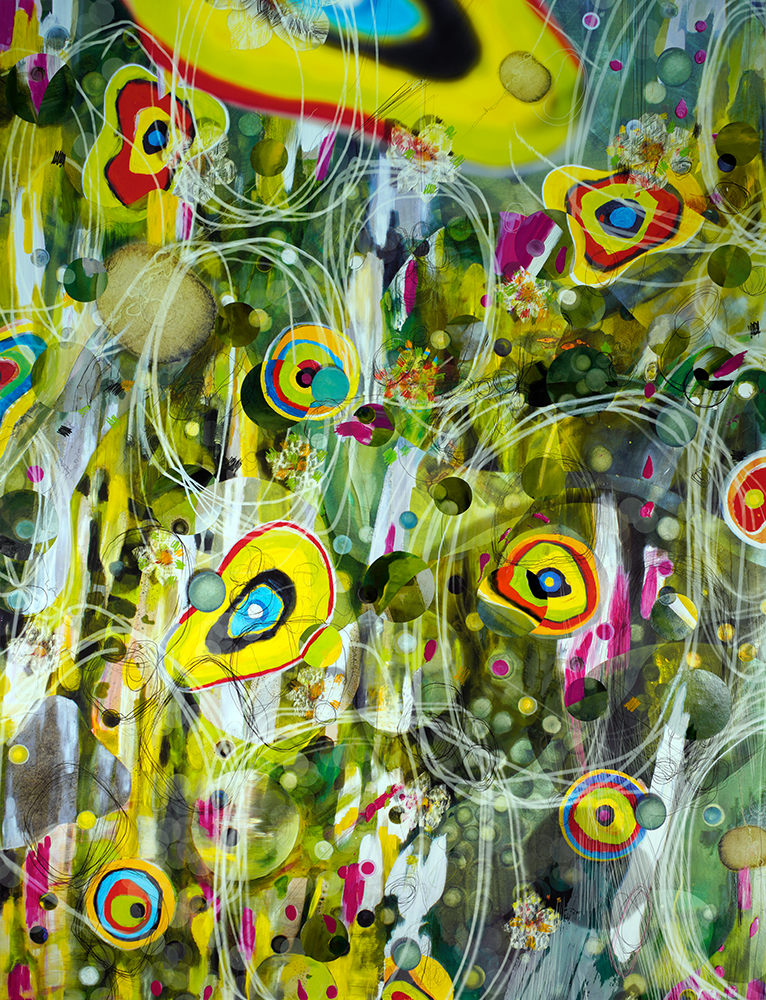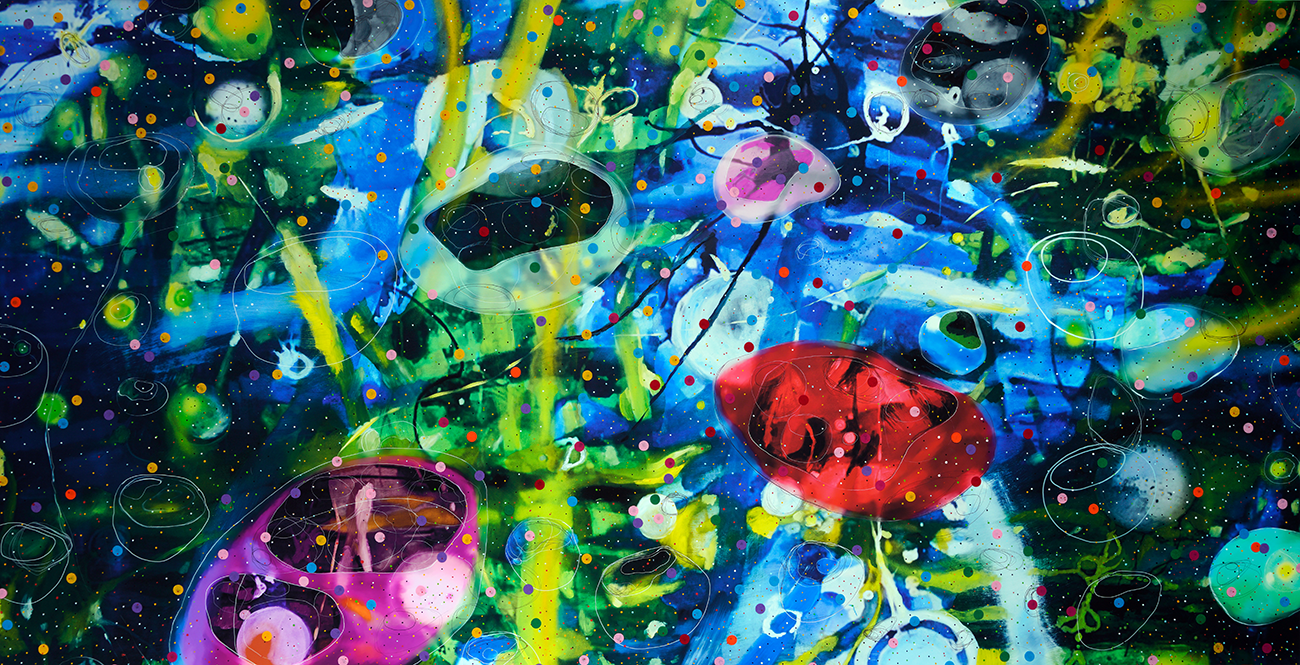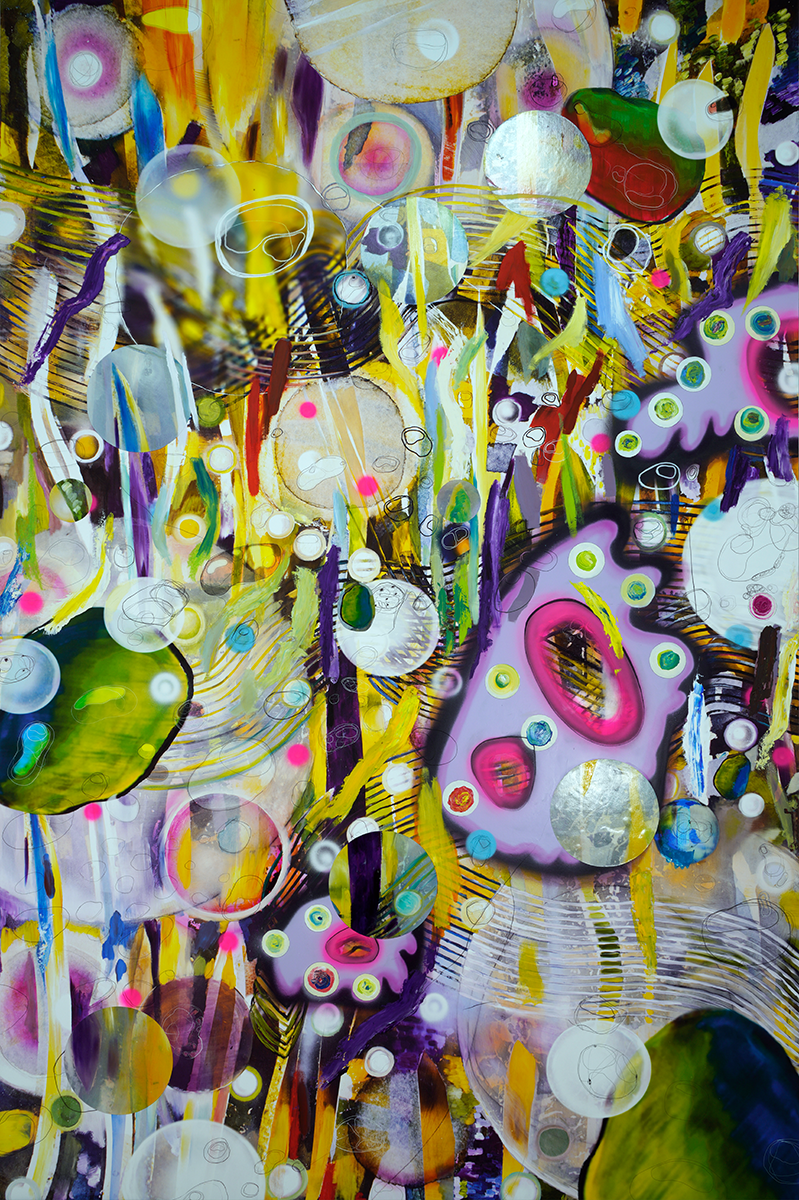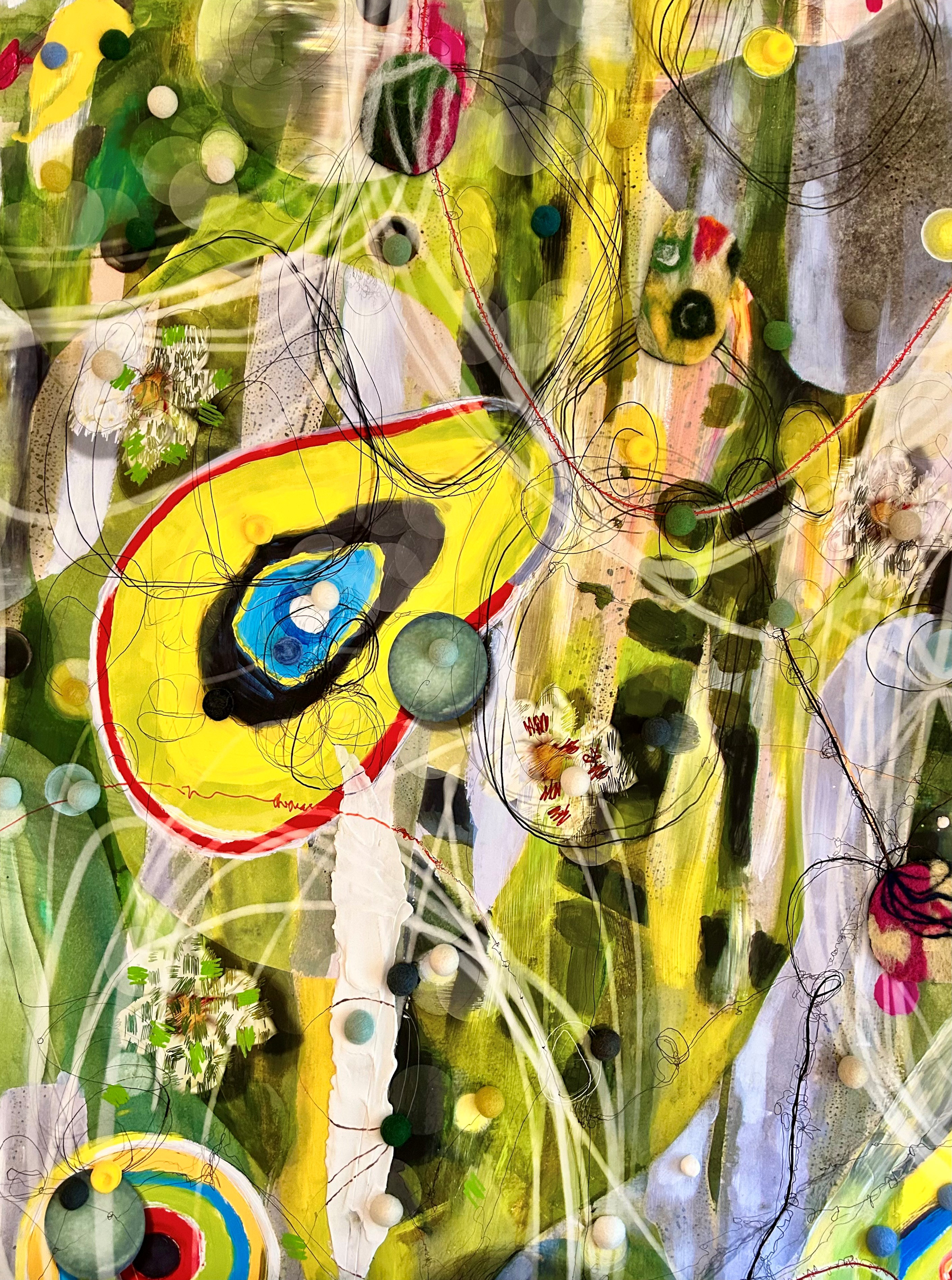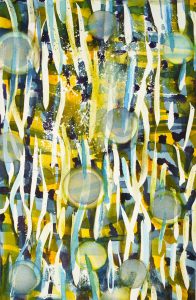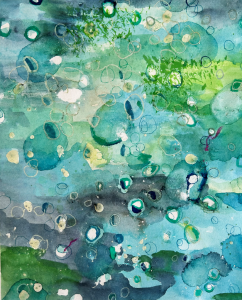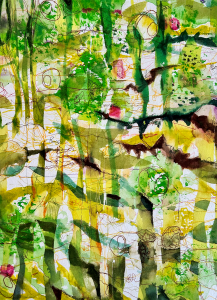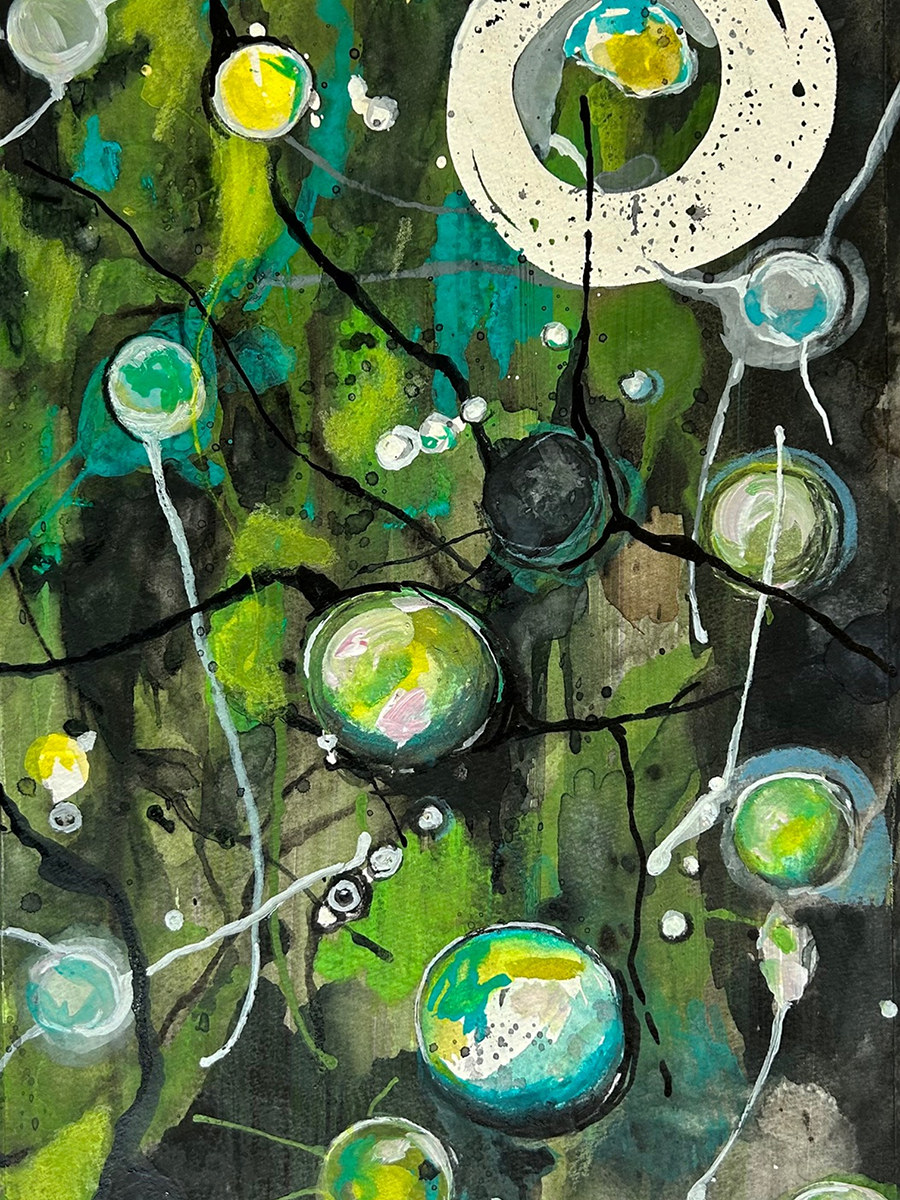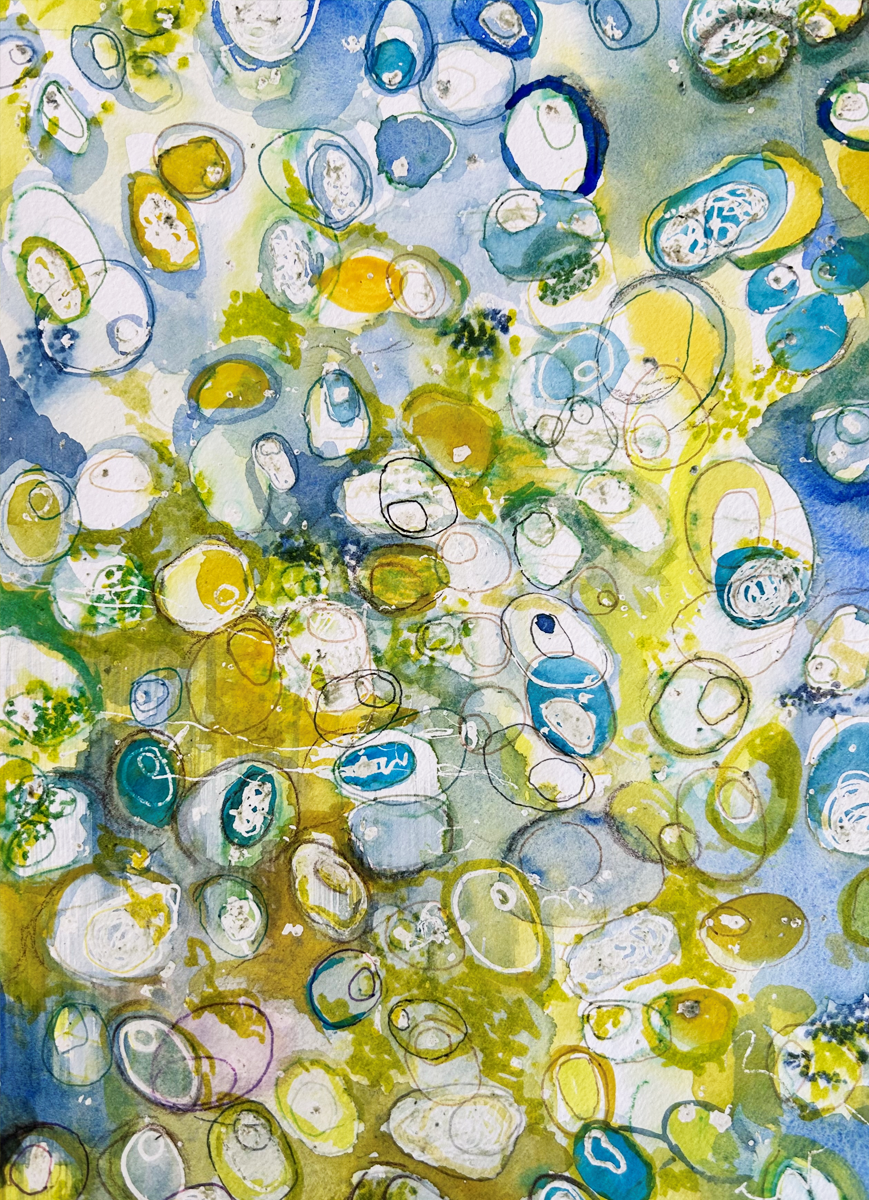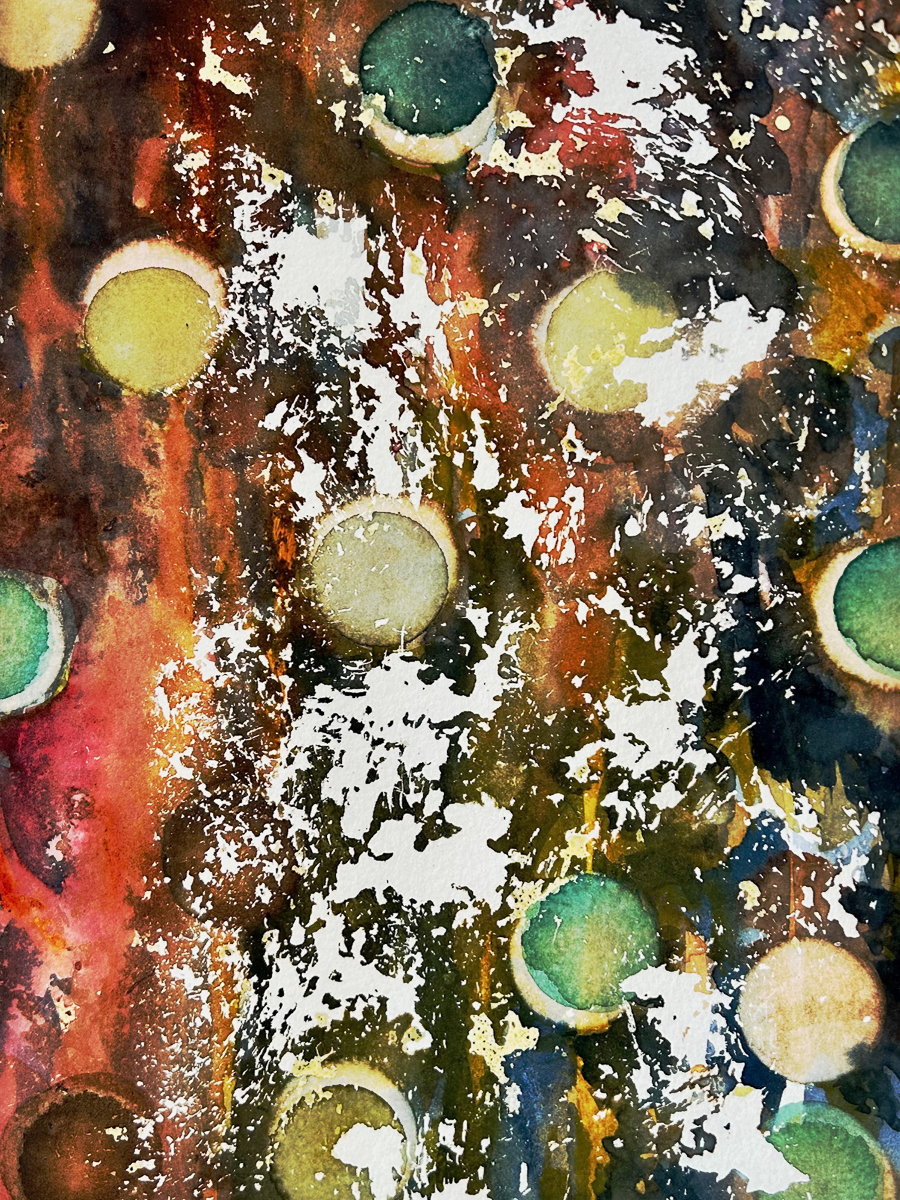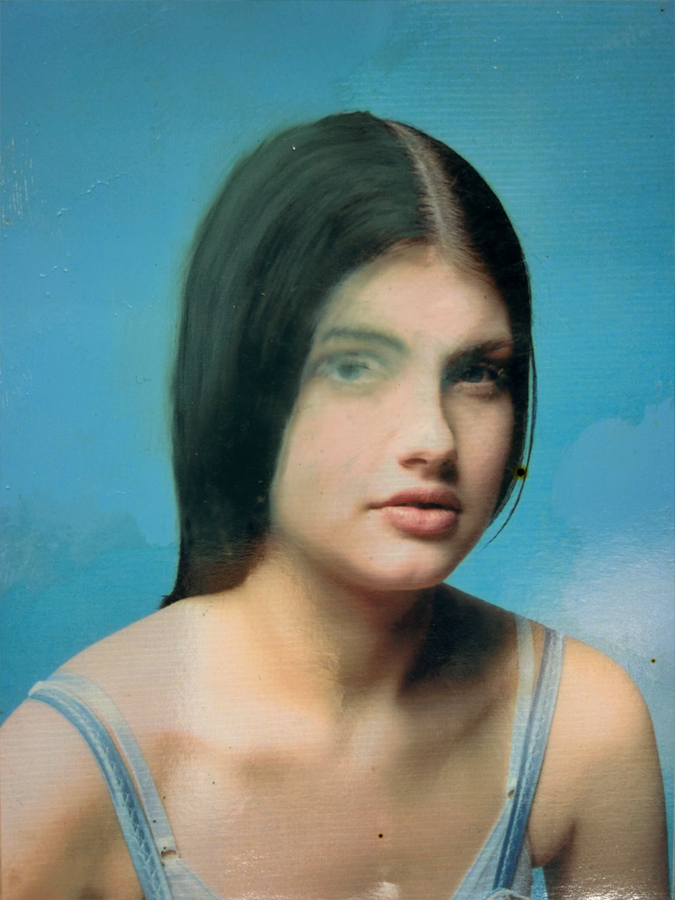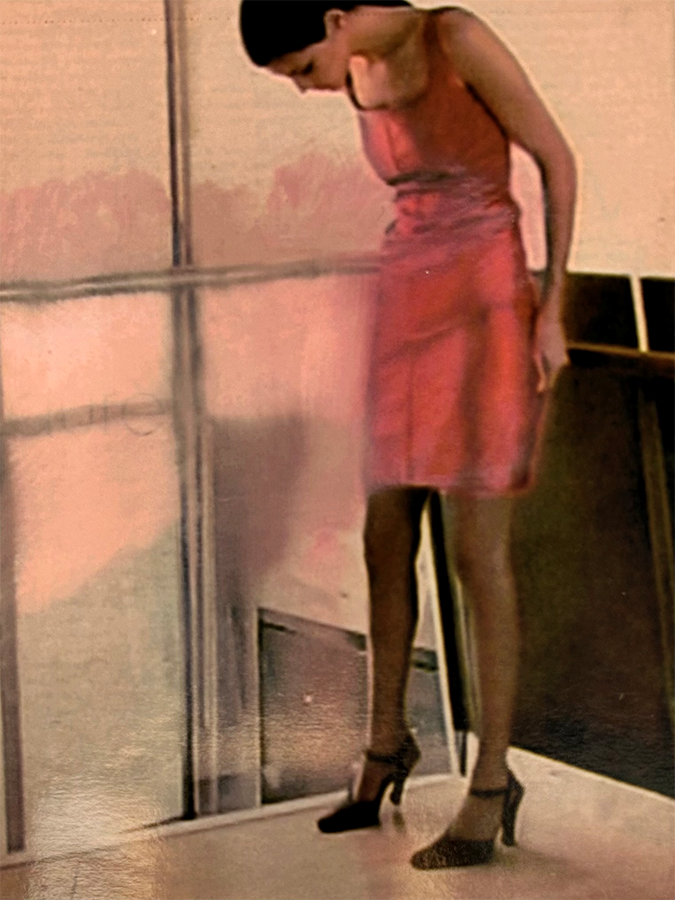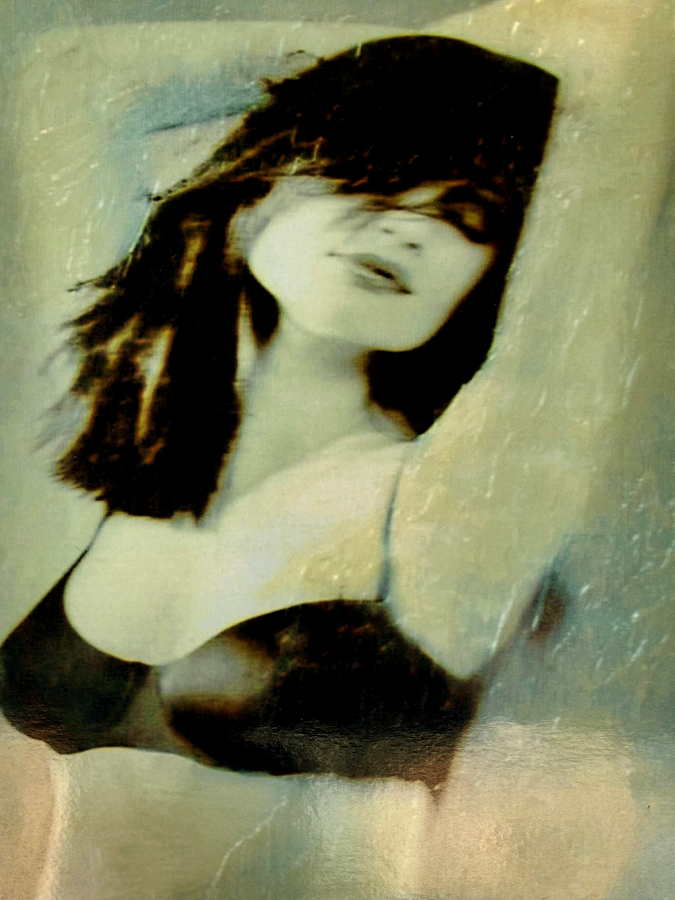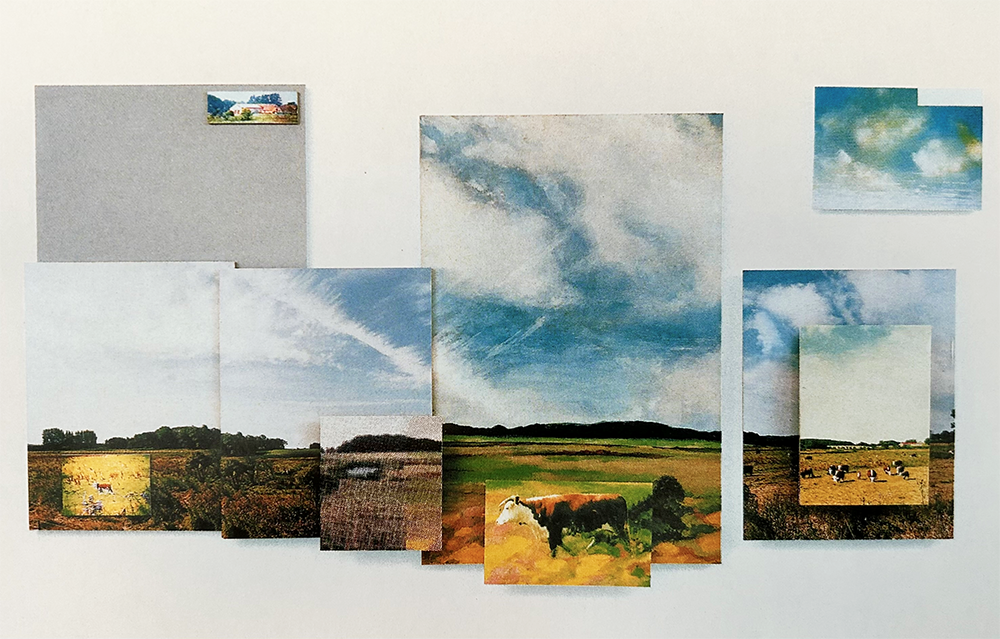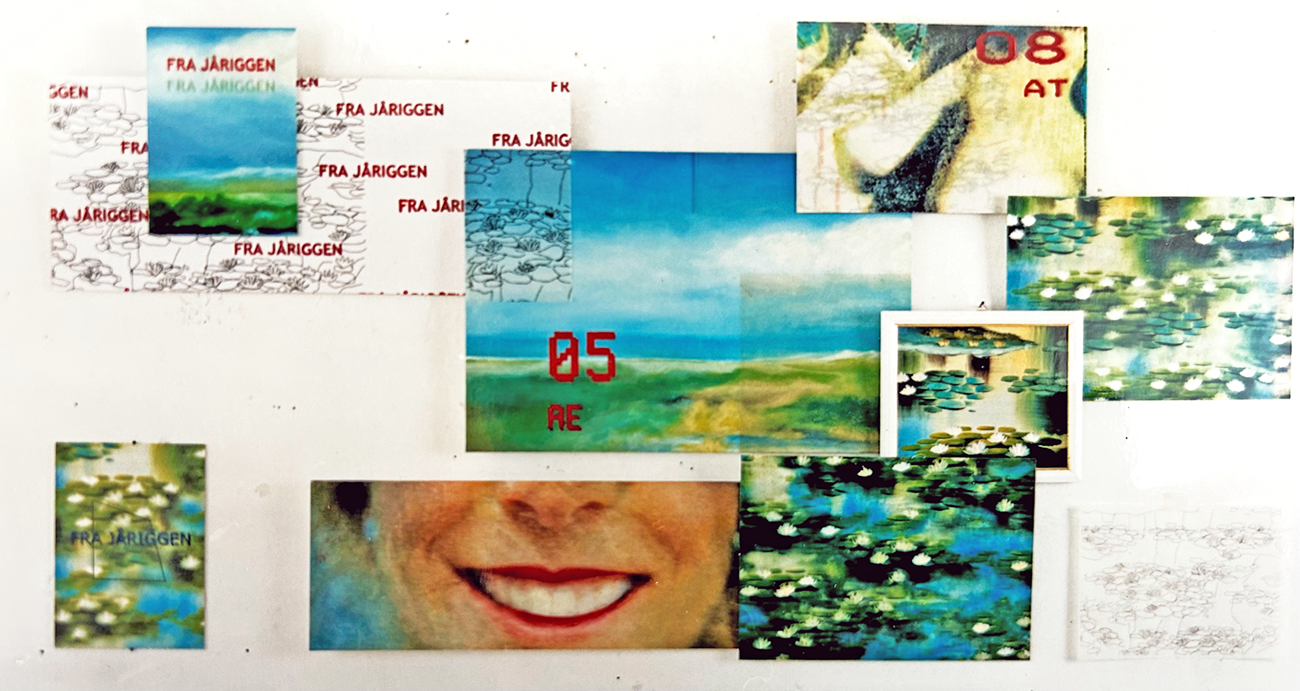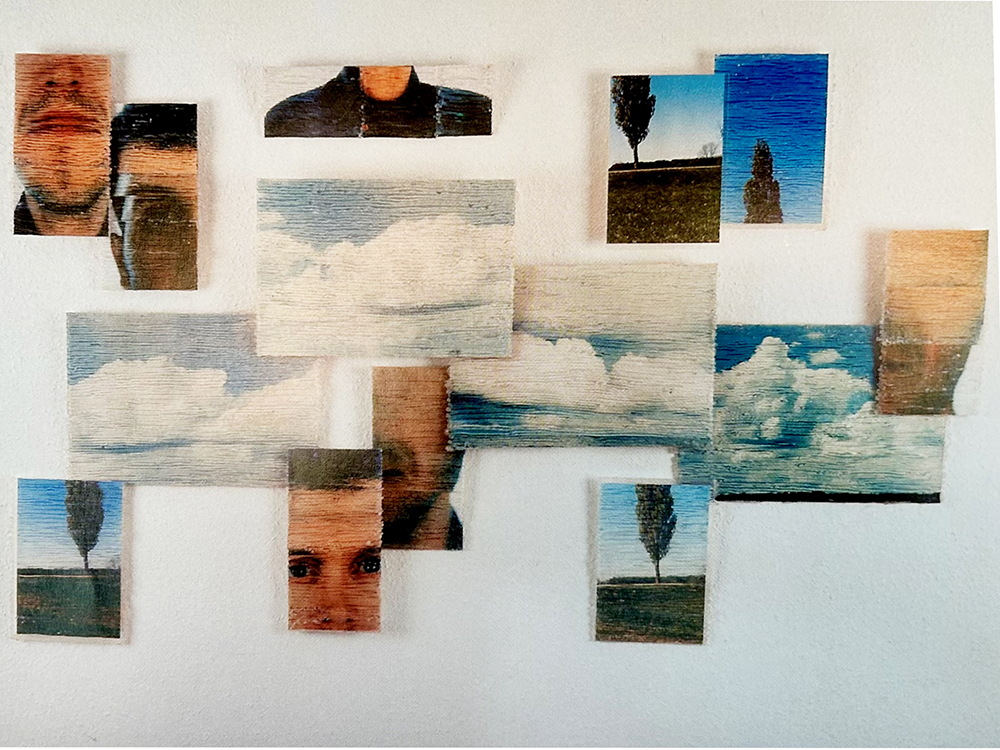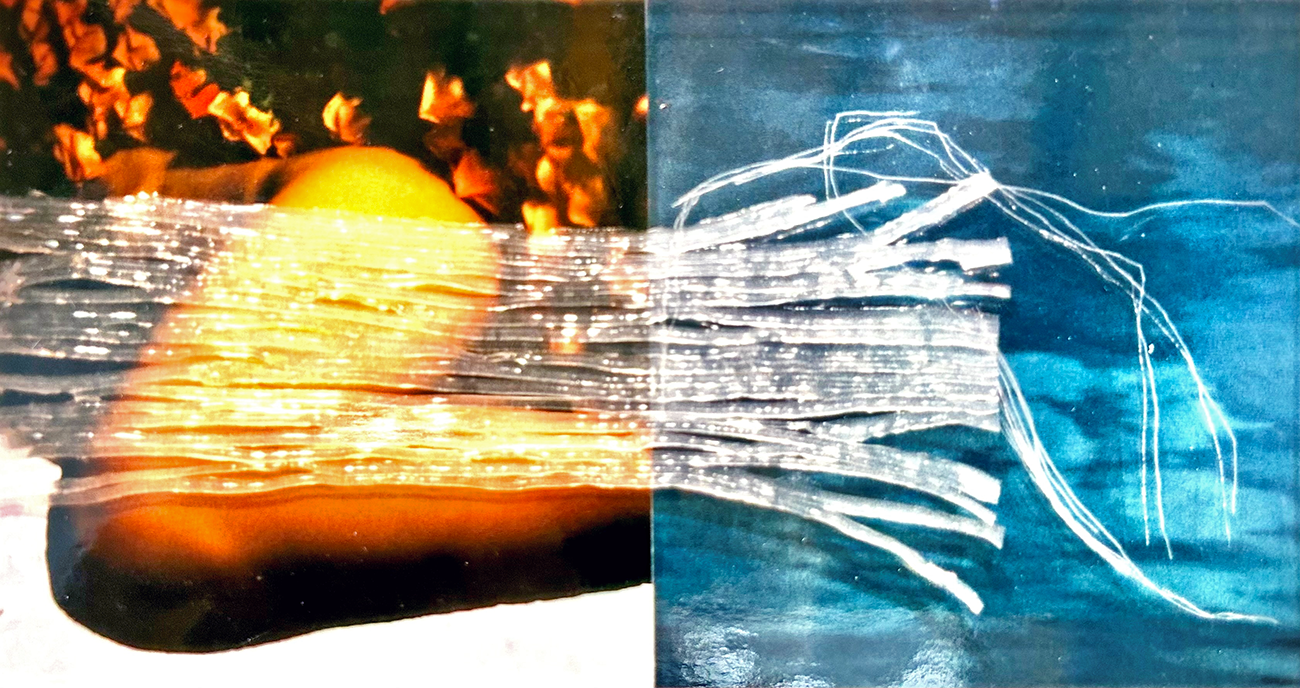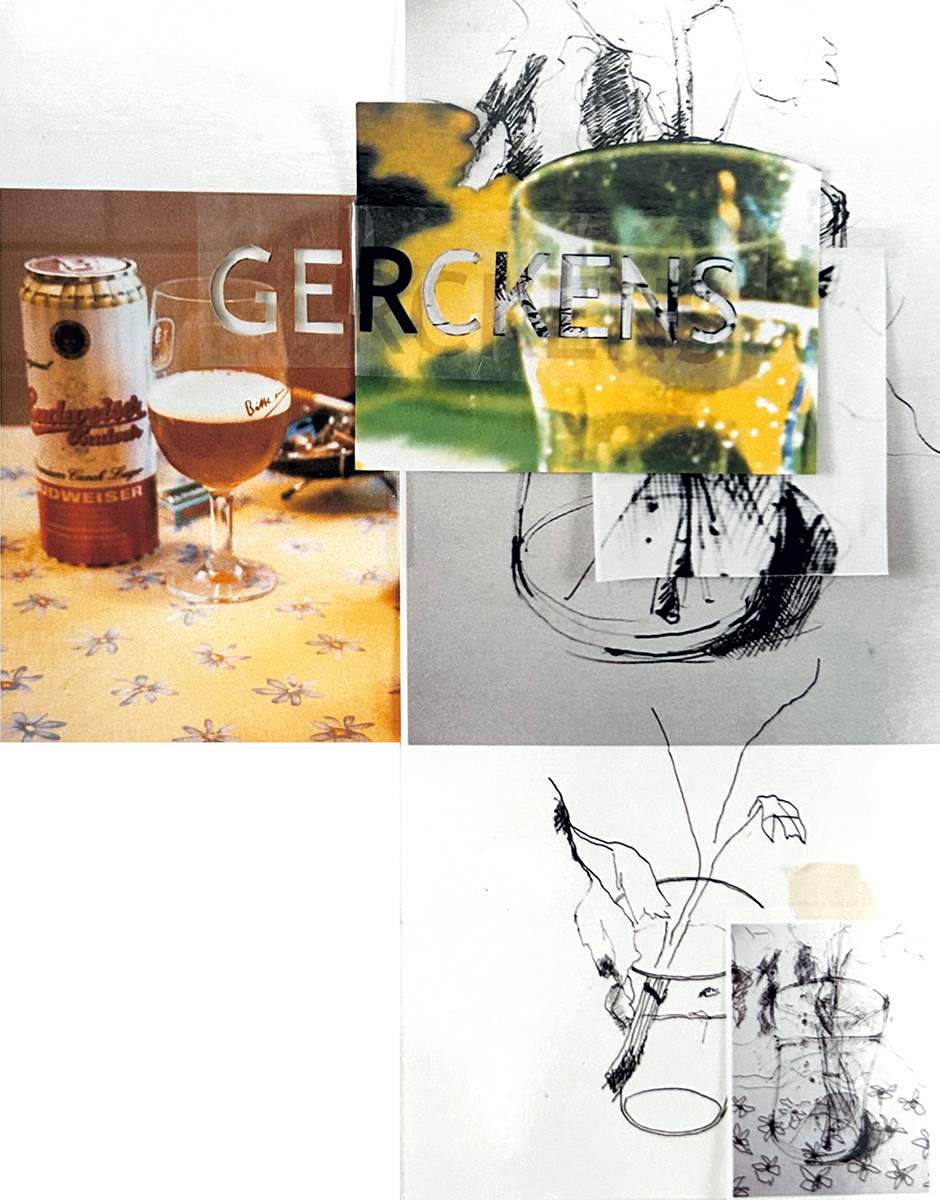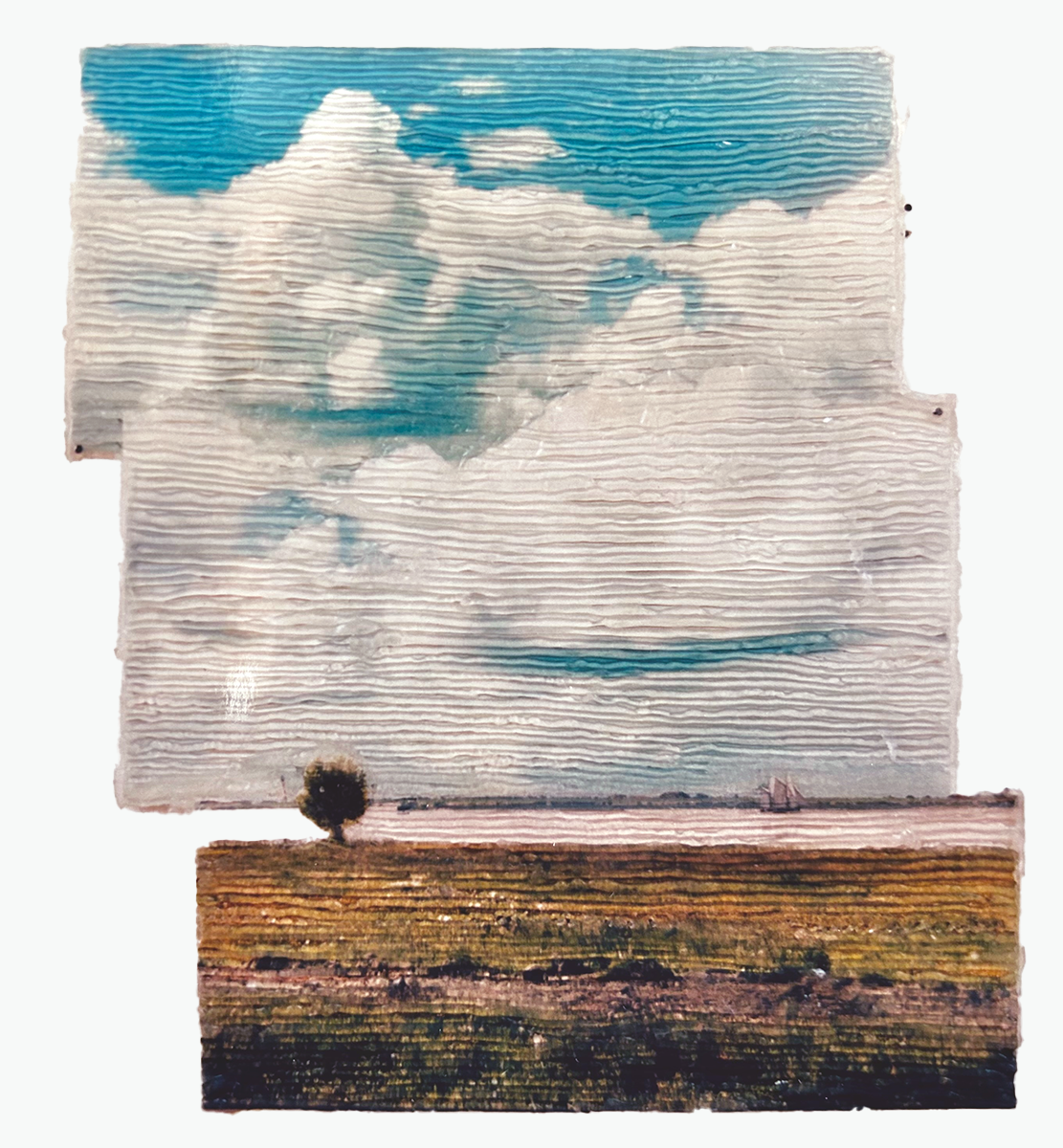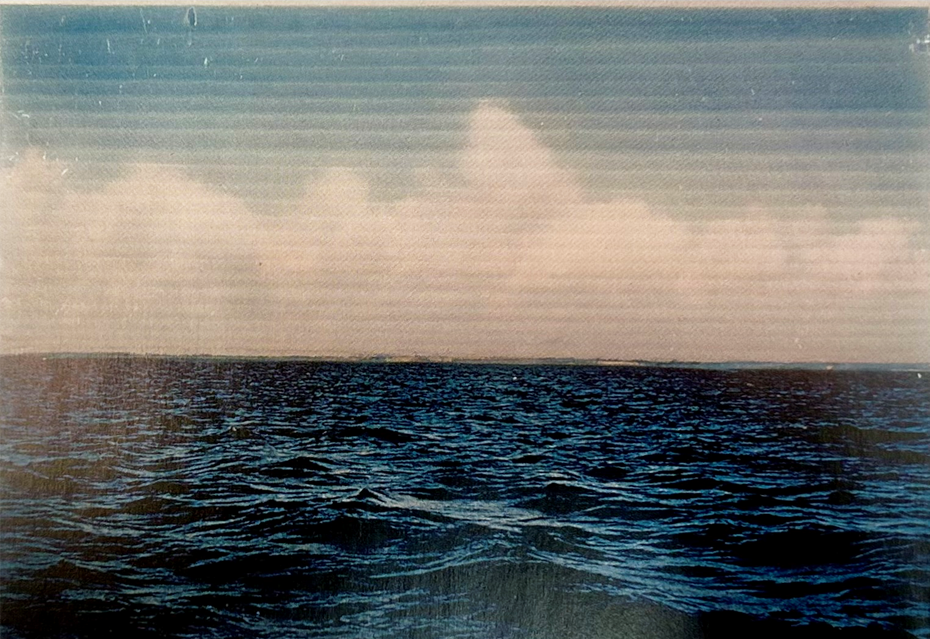Available Works
Intro
Over the past three years Ingo Gerckens has developed a distinctive working methodology in which he deliberately interrupts the painting process at a critical juncture. He uses this for transferring the work into another medium before continuing its evolution.
This approach frequently involves a radical shift in format serving as a means to escape the familiar act of making and reposition himself as both creator and observer. With this newfound freedom, he continues his process, integrating elements that often emerge from the specific characteristics of the chosen medium.
As the work unfolds the process remains fluid, incorporating painting techniques, artificial intelligence, photography and even existing paintings until a final resolution is reached.
The resulting panel paintings typically eschew conventional motifs, instead presenting abstract surfaces that demand an active engagement from the viewer.
These compositions create a perpetual interplay between their constituent elements, fostering a state of continuous negotiation, perceptual overload and uncertainty—ultimately challenging the viewer toward a deeper, more sustained mode of seeing.
Early Works
All works are in private or public Collections
A study of surface perception and reality
At its core, the artistic practice of Ingo Gerckens revolves around an acute fascination with images— more precisely, with their surfaces and the perceptual patterns they engender.
His work is rooted in the exploration of visual fragments, images that capture mere excerpts of perceived reality. These sources of inspiration range from photographic reproductions and advertising posters to magazine illustrations and digital screen displays.
Gerckens’ creative approach involves dissecting, questioning, and interweaving the inherent attributes of various media. By doing so he probes the nature of depicted reality, examining the structural and contextual qualities embedded within images. His artistic spectrum is expansive, unrestricted by any singular medium, although his affinity for film, photography and painting is undeniably evident.
Redefining space and surface in visual representation
Gerckens dismantles traditional spatial composition in favor of a horizontal projection, merging the dimensions of time and space in a way that feels both alien and revelatory. This process raises fundamental questions about the authenticity and credibility of images.
What constitutes our reality? Do we trust the landscape itself, or do we place greater faith in its visual representation? At what point does the depiction of a landscape become a model and when does this model develop its own autonomous reality? Furthermore, how does the surface of an image influence this transformation?
Playing with the materiality of images Gerckens subtly alters their physicality to create perceptual dissonance. In one instance he traces the horizon line of a photographed landscape with a barely visible red felt-tip pen, superimposing a disruption that is nearly imperceptible yet profoundly unsettling. Similar techniques are employed in his silicone-treated photographs and object boxes encased behind Plexiglas.
By transferring images into foreign materialities Gerckens intensifies sensory engagement, compelling viewers to reconsider their conditioned modes of perception. His work reveals, disrupts and challenges pre-existing visual assumptions, urging a reassessment of how we process and internalize imagery.
Excerpts from a text by Florian Schmid
Virtual Aesthetics in Physical Space
A striking example of this is his piece Windows 97, in which he appropriates the systematic arrangement of image fragments from computer screens and magnifies them to mural scale. By transposing digital compositions into physical space, he transforms them into tangible entities with a pronounced material presence. The incorporation of thick silicone surfaces enhances the integration of the individual images into the spatial environment, shifting their mode of perception from purely visual to something palpably immersive.
Taking this approach even further, Gerckens experiments with the interaction between reality and representation in a profoundly radical manner. In one instance, he photographs a tree in a landscape, then extracts a section of the resulting photograph and suspends it using fine wires in front of the actual tree.
By rephotographing this manipulated scene, he produces an image that echoes the compositional principles of computer graphics, yet retains the unmistakable depth and tactility of a manually crafted photographic artifact.
Conclusion: A New Paradigm of Perception
Through his work, Ingo Gerckens persistently challenges the ontological boundaries of images, questioning their validity, authenticity, and physicality. By reconfiguring surface textures, spatial compositions, and temporal dimensions, he dismantles and reconstructs visual paradigms. His art serves as an inquiry into the essence of perception itself, compelling viewers to interrogate the credibility of what they see and, ultimately, to reconsider their own relationship with the visible world.
Excerpts from a text by Florian Schmid
address
Atelier
24392 Boren OT Lindau
Northern germany
